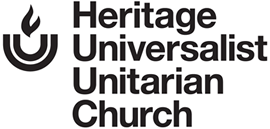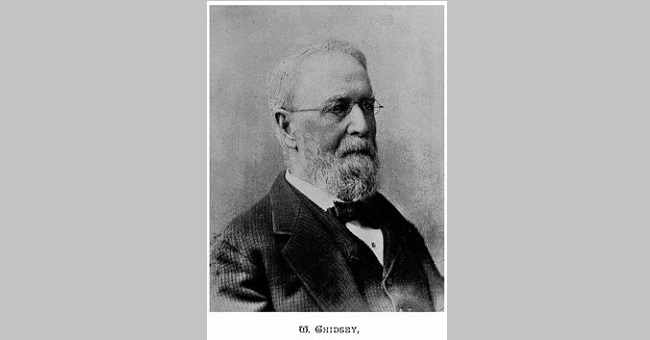by Mike Roberts, Church Historian
The recent archive article regarding Griffin Yeatman gave rise to thoughts of how the Board of Trustees operated in the early days of the church and who the church members were who served on the board. As was mentioned in the earlier article, our oldest records as regards the activities of the board begin in 1843. At that time, there certainly were enough problems troubling the First Universalist Society to challenge even the most dedicated and wise board member.
Finances to keep the church afloat were certainly the largest challenge. The church derived most of its income from the rent of pews. However, there were always many delinquent, late and unpaid fees on those pews which made the church coffers precariously low on funds. This practice and its inherent problems continued until the 1880’s when pew rentals were abandoned. To keep the church running, a large loan was obtained from none other than P. T. Barnum. He was a close friend of our minister, Abel Thomas, but paying off the principal and interest on the loan proved to be an added burden to the church. (For this entire story, see the archive article “Phineas, Abel, Jenny, and Us,” at https://huuc.net/phineas-abel-jenny-and-us/.)
Another challenge was stability in the pulpit. During the 15-year period from 1843 to 1858, the church had five different ministers. This did not include many Sundays when the church had to hire substitute ministers to temporarily replace ministers who had resigned or were ill.
The church had written a constitution to accompany its registration of incorporation with the State of Ohio. However, the state deemed that the constitution did not qualify the church for tax exempt status. Thus, major parts of the constitution had to be rewritten. This involved frequent contact with government officials. The church utilized the services of Peter Zinn to resolve the tax issues with the state. Zinn was a member of the legislature and later an officer in the Civil War. He also was politically active in the Republican Party and served as mayor of Riverside. However, there is no evidence he was a member of our church. In the meantime, the church had to pay taxes which added to the financial burden.
There also were frequent discussions about the church sexton and choir leader, both of whom complained about low pay. This went on for nearly 15 years and finally culminated in the resignation of the sexton and the expulsion of the choir director. The choir director’s expulsion came after his conviction of unacceptable behavior by the Board of Trustees. He was accused of frequenting a “house of ill fame” and bringing females of “immoral character” to choir rehearsals.
In 1852 the board decided to sell our church, which was situated near the corner of Walnut and Third Streets. This initiated a complete audit of the church finances as well as placing the property up for sale. The board spent many meetings discussing the process and planning for a relocation of the church.
All of these issues must have taken a toll on the board members. Resignations from the board were frequent. The process of selecting members of the Board of Trustees was to submit a slate of candidates to the congregation. This usually occurred in May. In August, a Society meeting was held and the board was elected from that slate of candidates. The board then met and chose its President. The clerk and treasurer were chosen by the congregation but the President was chosen by the board itself. Terms lasted for one year, but the President generally was elected to a second one-year term before passing the gavel to another trustee. Speaking of the gavel, the President only ran the meetings on occasion. At the beginning of a session, a chair was chosen and that person conducted the meeting. Presidents were often absent from meetings. Quorums were not met at least three or four times a year and the meetings were adjourned with no business conducted because of the lack of a quorum. When a trustee resigned, the board chose the replacement. On one occasion, the board elected a new member to fill a resignation while the newly elected person was out of town. He hastily attended the next meeting and immediately handed in his resignation.
It would be enlightening to know a bit about the lives of those who served on the Board of Trustees of the First Universalist Society. However, in most cases the members are referred to by the first initial and last name or only by reference as “Brother.” This makes it nearly impossible to identify those early members. One exception is William Chidsey who served many years on the board and was president from 1851 to 1853. Records show that Chidsey owned a business at Fourth and Walnut that manufactured wire bird cages. He also was active in the International Order of Odd Fellows, serving as State Secretary and Grandmaster of his local lodge.
The first President of the board from the time we have records was Henry Morse. He is referred to several times in the records as Judge Morse. Census records show that he was also a farmer but had a net worth of $25,000 which is far more than nearly any farmer in Ohio. He evidently left the city and died in 1866 in Piqua, Ohio.
More Board of Trustees news will follow in future issues.
Image: William Chidsey.

